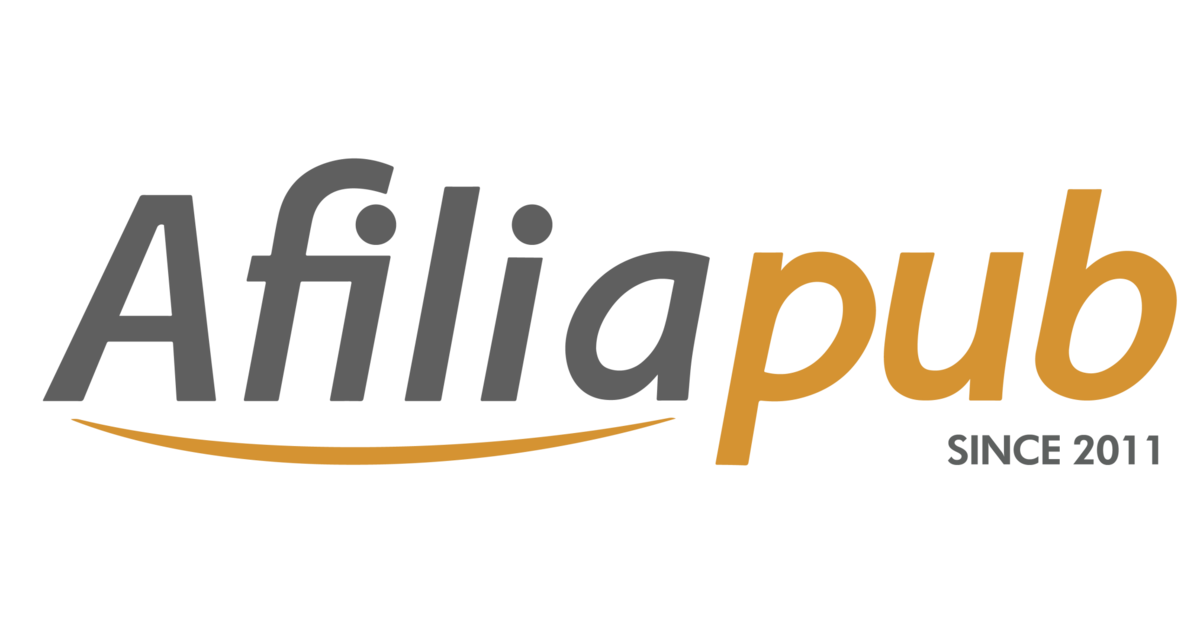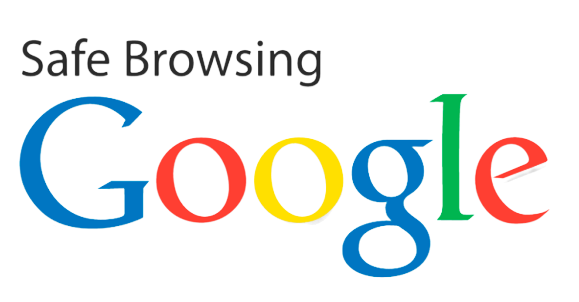What is Web 3.0? Let us explain it to you

Have you ever wondered what is web 3.0? This term has been thrown around a lot in recent years and represents an unprecedented technological advance. However, many people still have a hard time understanding what it is all about.
The Internet advances and evolves like any other application or software. That is why the leap to Web 3.0 has become one of the current technology trends. Are you ready to know what it is all about? Here we will tell you all about it.
Tabla de contenidos
Find out what Web 3.0 is

First of all, we need to answer the question, what is Web 3.0? It is simply the next phase in the evolution of the Internet. It is a set of technical applications that define what the World Wide Web will be for years to come:
- The last major movement of the Internet occurred in the 2000s with Web 2.0. It was then that social networks began to shape the World Wide Web. It is still the great bastion of the digital world.
- The key word that defines what Web 3.0 is all about is decentralization. This movement seeks to make each Internet user the sole manager of his or her data and assets, without centralized companies.
- Some say that Web 3.0 will be much slower than Web 2.0 because of the capabilities it will have.
It is clear that understanding what Web 3.0 is will be very complicated for those who are not experts on the subject. Therefore, comparing it with Web 2.0 has become the best way to define its characteristics.
Web 2.0 vs. Web 3.0, what are the differences?
Obviously, when comparing Web 2.0 vs Web 3.0, it is expected that the latter is superior to its predecessor. But is this really the case? Let’s compare the two generations to find out what the difference really is.
Network approach
One of the most important points of differentiation between Web 2.0 vs Web 3.0 is the focus on the network. What is the main reason for the existence of both? We will see below:
- Web 2.0 has user experience as its main focus. That is, improving the presentation of the network to make it easier for them to interact with it.
- Web 3.0 focuses on decentralization and the development of a semantic web. In other words, the network is responsible for understanding the information in order to present it to the user.
It can be said that Web 3.0 is trying to be more intelligent and help the user to search faster. This goes hand in hand with new technologies such as artificial intelligence.
Advertising
It is clear that advertising is an essential point in the promotion of information and content on the Web. In this aspect we can find another difference between the two networks:
- On the one hand, Web 2.0 has made use of means that allow it to incite a certain action. Social networks have been instrumental in making this a reality.
- For Web 3.0, behavioral advertising is expected to be the most widely used. Cookies are used to tailor advertising to people’s behavioral patterns.
Behavioral advertising has proven to be much more efficient and requires less of the user’s response. After all, it tries to adapt to the user’s behavior.
Decentralization

We cannot avoid talking about decentralization and its importance within Web 3.0. There is a clear difference between the two generations in this respect:
- In Web 2.0, data is in the hands of third parties.
- Web 3.0 tries to make users the owners of their information.
Privacy, transparency and security are the keys to Web 3.0, hence the importance of information ownership. One that helps them feel part of the network instead of leaving everything to third parties.
Examples of Web 3.0
In addition to understanding what Web 3.0 is, we also need to talk about the examples we have today. Some of the best known are the following:
- Artificial Intelligence is a clear example of what Web 3.0 is trying to do by facilitating search results. This is done through trends, tags, hashtags and other elements that help optimize this process.
- Voice commands have become one of the clearest trends in Web 3.0 examples. For example, Siri or Alexa to perform searches, control devices and third-party applications.
- In terms of data management, we can talk about the example of Gnoss as a digital identity creator. This way it is not necessary to provide personal data on an online platform.
- Blockchain is also an example of Web 3.0 because of its decentralized nature. In addition, it helps users to have greater security in transactions, since all information is public.
- Finally, the replacement of real assets by non-fungible tokens has already made a breakthrough. This makes it possible to guarantee a person’s ownership of anything assigned to the NFT.
Clearly, Web 3.0 is still in its infancy and we will soon know its full potential. However, it is important to know what its applications are and how they are affecting our world today.
Web 3.0 affects advertising
There is a reason why Web 3.0 is so important and it has to do with the Afiliapub service. After all, your main goal is to promote and profit from your content on the Internet.
That is why it is so important to be aware of the advances of Web 3.0 and to pay attention to what is coming in the future. What do you think about this topic? Don’t you think it’s already changing the lives of millions of people?

Why Micro-Influencers Are Becoming Affiliate Gold in Bangladesh
In Bangladesh’s growing digital space, micro-influencers are quickly becoming the go-to partners for affiliate marketers. These everyday content creators, often followed by a few thousand

How to Track and Optimize Affiliate Conversions like an expert
Affiliate marketing has gone beyond just promoting links and waiting for commission to roll in. If you’re serious about making real money, you need to

How to Choose the Best CPA Offer for Your Niche
Picking the right CPA (Cost-Per-Action) offer can be the difference between making steady affiliate income or constantly spinning your wheels. With so many networks, offers,












